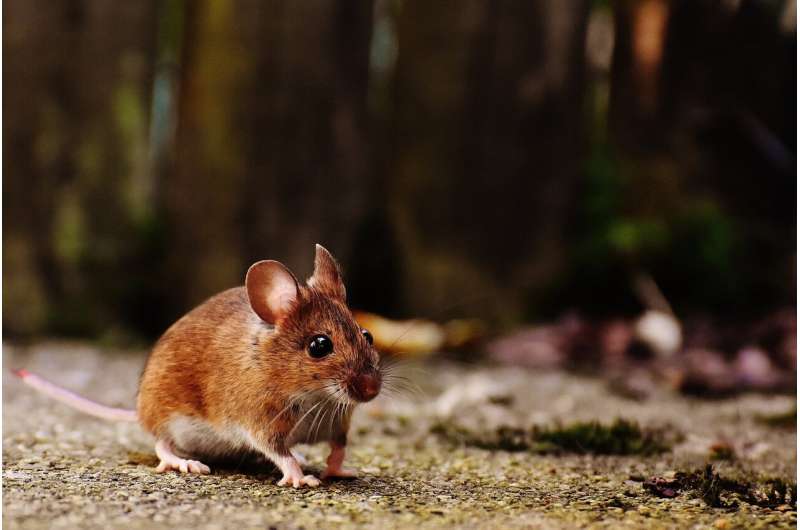This article has been reviewed according to Science X's editorial process and policies. Editors have highlighted the following attributes while ensuring the content's credibility:
fact-checked
peer-reviewed publication
trusted source
proofread
Energy efficiency may also keep rodents at bay

Sealing leaky windows, filling gaps in doors, and installing efficient insulation will not only decrease wasteful energy usage, it also may reduce rodent infestations, a new study recently published in Environmental Research Letters found.
The study led by Yale School of the Environment researchers paired retrofitting homes with pest control in urban areas.
"I've heard horror stories from people with rats in their basements and raccoons under the floorboards," said Gabriel Gadsden, a doctoral student at YSE who first began the research while interviewing homeowners in Detroit for a master's project. "I started thinking that retrofitting homes might accomplish multiple objectives: reduce excess energy use while minimizing pest populations."
Leaky windows, gaps between doors and their frames, and poor insulation can lead to wasted energy and health problems. Air conditioning, which contributes to greenhouse gas emissions, works harder in improperly sealed homes, and pollution can seep through the cracks, along with rodents and other wildlife, Gadsden noted. Current rodent control measures usually consist of rodenticide, which can be deadly for predators that feed on affected rodents, he added.
The research team—which included co-authors Nyeema Harris, Knobloch Family Associate Professor of Wildlife and Land Conservation, and Kristy Ferraro, Ph.D.—created a computer model based on three Philadelphia neighborhoods with different socioeconomic and sanitation levels, housing types, and amounts of red fox habitat. Their simulations tested how rat populations may respond to retrofitting and predators over different time periods.
The study found that retrofitting was most effective in reducing rodent populations in neighborhoods with extensive park access and low commercial activity. Across neighborhoods, single large efficiency initiatives showed greater potential for rodent reduction.
Specifically, in two of the model neighborhoods, retrofitting one home each month significantly reduced rat populations. Simulated projects to remodel 25% to 75% of each neighborhood simultaneously were even more effective at excluding rats from homes and increasing predation across all neighborhoods. The third simulated neighborhood, however, had too much waste from open trash containers to reap the benefits of intermittent retrofitting, the researchers found.
Sealing homes for wildlife exclusion, along with better sanitation practices and providing an abundance of predator habitat in greenspaces like parks and gardens, can protect urban wildlife, the authors noted. Additionally, the study shows the costs of large-scale retrofitting schemes are comparable to ten-years of public health spending.
Harris said the research provides a foundation for further study on the issue.
"Gadsden's novel exploration definitely has promise, with home retrofitting delivering many co-benefits to urban populations," Harris said. "Now, given the findings from the model, empirical experimental investigations are necessary to quantify rodent use and reduction in animal-transmitted disease risk at the household level across neighborhoods."
The team said they are hoping their work will bring together disparate stakeholders—city planners, wildlife and public health professionals, contractors, and energy experts—to discuss the possibilities of large-scale urban retrofitting projects.
"This isn't just about sticking a metal sheet on the back door to eliminate rodent access," Gadsden said. "It's about enacting meaningful, holistic solutions to energy inefficiency and issues of human and wildlife health."
More information: Gabriel Gadsden et al, Energy efficient homes for rodent control across cityscapes, Environmental Research Letters (2024). DOI: 10.1088/1748-9326/ad5ab5
Journal information: Environmental Research Letters
Provided by Yale University


















